Ground shipping is currently paused. Local deliveries throughout Long Island will continue as usual. Pre-orders for fall are now open. Non-local orders will begin shipping again in early September. Click here to learn more.
Ground shipping is currently paused. Local deliveries throughout Long Island will continue as usual. Pre-orders for fall are now open. Non-local orders will begin shipping again in early September. Click here to learn more.
| Size | |
|---|---|
| Common Name | |
| Type | |
| Family | |
| Native? | |
| Zone | 3, 4, 5, 6, 7, 8, 9 |
| Height Range (ft.) | 2.00 to 4.00 |
| Spread (ft.) | 2.00 to 3.00 |
| Bloom Time | |
| Bloom Description | Clusters of Tubular, Lavender to Pinkish Flowers |
| Sun | |
| Water | |
| Maintenance | |
| Suggested Use | |
| Tolerate | |
| Attracts | |
| Growth Rate |
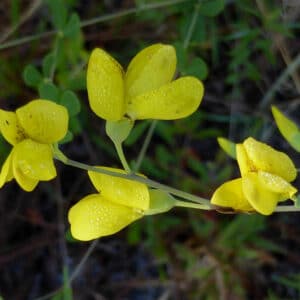
Monarda fistulosa, known as Wild Bergamot, is a native perennial that brings a splash of color and fragrance to gardens with its lavender blooms from mid-summer to early fall.
This hardy plant thrives in full sun to partial shade and well-drained soils, making it ideal for native plant gardens, prairies, and pollinator habitats. Its aromatic foliage and nectar-rich flowers attract bees, butterflies, and hummingbirds, supporting local ecosystems and enhancing garden biodiversity.
Easy to grow and maintain, Wild Bergamot is a delightful addition to any garden.
*PLEASE NOTE! Due to the fragility of this plant we only ship these in early spring and late fall to avoid damage and possible fungal issues during shipping. Any orders placed outside of these times may be treated as pre-orders for these shipping windows if we feel your plants are unlikely to survive their journey intact at the time of your order.
$12.99 – $111.99Price range: $12.99 through $111.99
Please note: Sizes 1.5 Gallon and up can’t be shipped outside the counties of Nassau, Suffolk, and Queens.
Learn more about how the process works and how our plants are delivered.
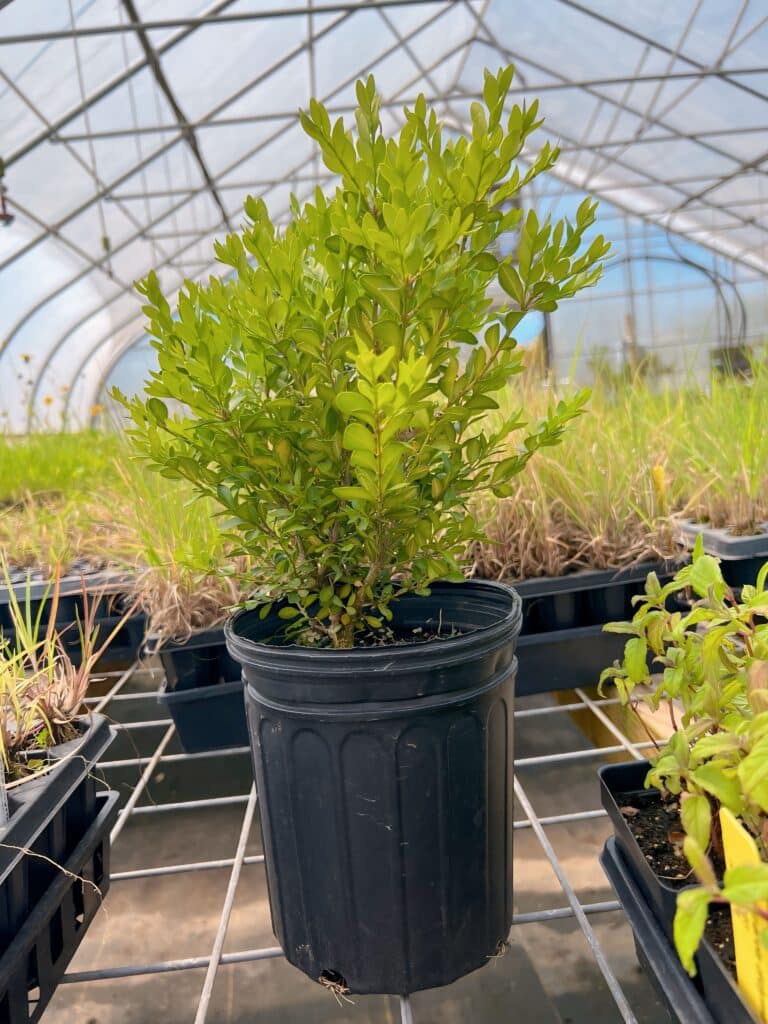
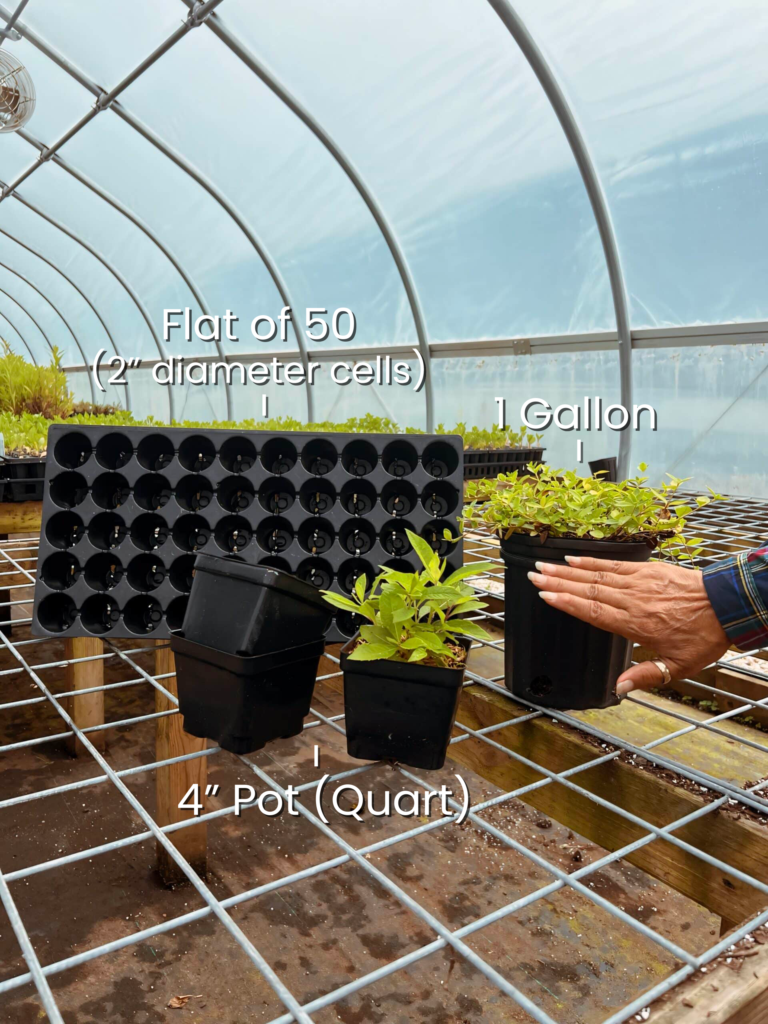
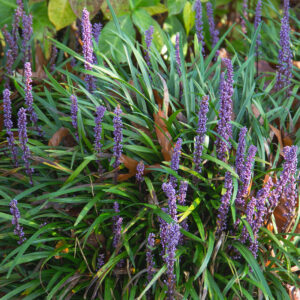
Ground shipping is paused due to summer heat. Only local delivery (Long Island & Queens) is available. Orders placed during the pause will begin processing September 1, and ground shipping will resume September 15.
| Size | |
|---|---|
| Common Name | |
| Type | |
| Family | |
| Native? | |
| Zone | 3, 4, 5, 6, 7, 8, 9 |
| Height Range (ft.) | 2.00 to 4.00 |
| Spread (ft.) | 2.00 to 3.00 |
| Bloom Time | |
| Bloom Description | Clusters of Tubular, Lavender to Pinkish Flowers |
| Sun | |
| Water | |
| Maintenance | |
| Suggested Use | |
| Tolerate | |
| Attracts | |
| Growth Rate |
Discover the charm and ecological benefits of Monarda fistulosa, commonly referred to as Wild Bergamot. This native perennial is celebrated for its aromatic, lavender-colored flowers and its role in supporting pollinators and wildlife. Blooming from mid-summer to early fall, Wild Bergamot adds a vibrant splash of color and a delightful fragrance to any garden setting.
Wild Bergamot is ideal for native plant gardens, pollinator gardens, prairies, and wildflower meadows. Its upright, clumping habit makes it suitable for borders, mixed perennial beds, and as a focal point in naturalized landscapes. Pair it with other native perennials like Echinacea, Rudbeckia, and Solidago for a stunning, wildlife-friendly garden.
By planting Monarda fistulosa, you are actively supporting local pollinator populations and contributing to the health of your local ecosystem. Its flowers provide essential nectar for pollinators, while its foliage offers habitat and protection for beneficial insects.
Incorporate Wild Bergamot into your garden to enjoy its beautiful blooms, aromatic foliage, and ecological benefits. This plant not only enhances the aesthetic appeal of your landscape but also plays a crucial role in supporting biodiversity and promoting a healthy garden environment.
/5
Total reviews
|
|
Persons recommended this product
Anonymous
Shopper
check_circle Verified
Shop owner replied
Was this helpful
Anonymous
Shopper
check_circle Verified
Shop owner replied
Was this helpful
There are no reviews yet.
Be the first to review “ ”
Your feedback helps us improve our service.
Please log in to submit a review.
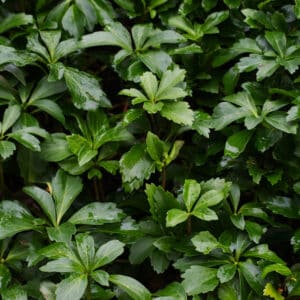
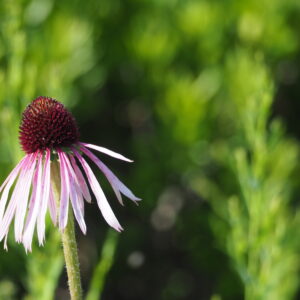
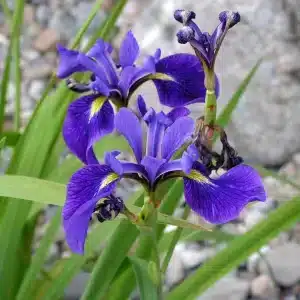
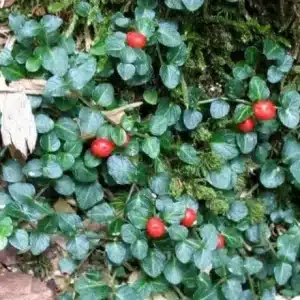
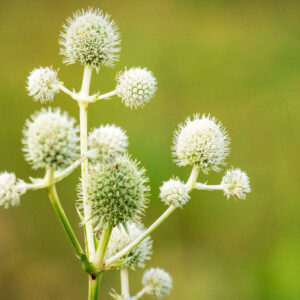

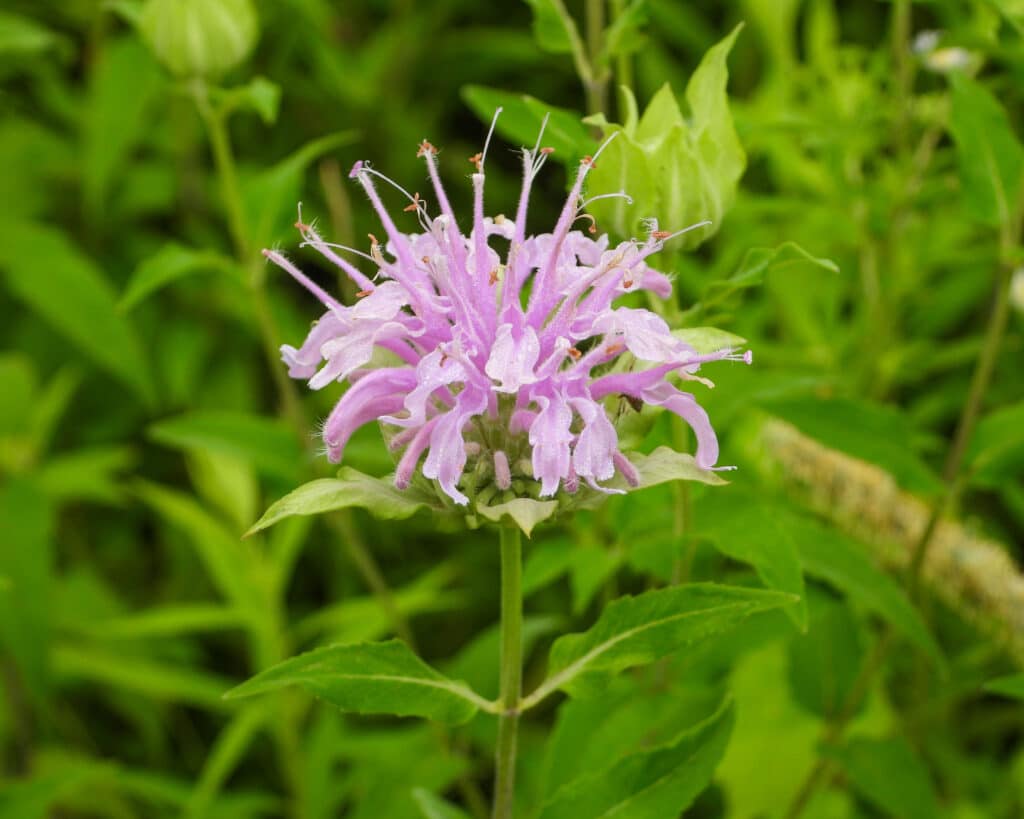
Our gift cards make it easy to share the beauty of plants, flowers, and all things green. Whether for a special occasion or just because, give the gift of choice and let them select their favorites to create a garden they’ll cherish.
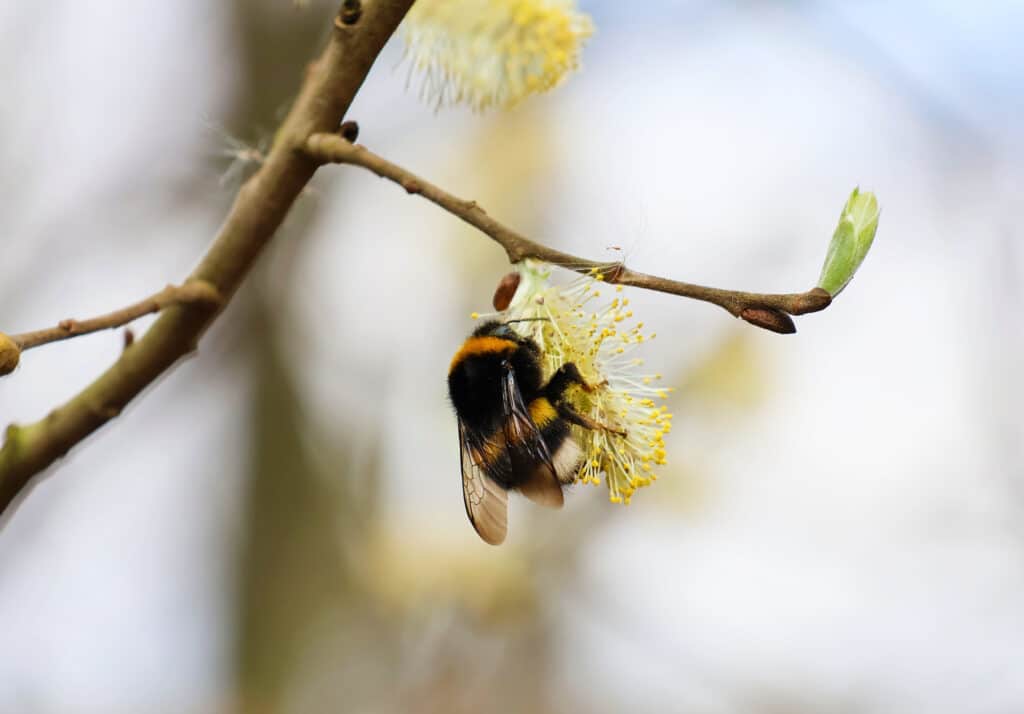
Only Local Delivery Available (Long Island & Queens)
Ground Shipping Paused
To protect our plants from extreme summer heat, we’ve paused nationwide ground shipping to avoid any damage during transit.
Local Delivery Only
We’re still delivering locally to Long Island and Queens, so nearby customers will continue to receive orders as usual.
Fall Pre-Orders Are Open Nationwide!
We will resume normal shipping for non-local orders placed during the pause in early September.
Thank you for your support and understanding—we’re looking forward to growing with you this fall!